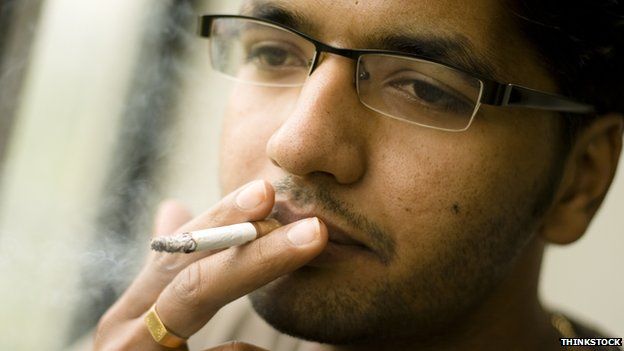When it comes to big western giants like Phillip Morris and British American Tobacco, the legacy players have dominated the industry from the rich world. Now they are shifting their market from the west to the East. According to the statics, six out of the 10 countries that account for two-thirds of the world’s smokers are developing countries. If talking about these countries, India has 10% of the world’s smokers, behind only China that stands in the fourth position worldwide.
AS per the recent study by Bo Xi of the school of Public Health, Shandon University, and his co-authors published in the Lancet last month, more than 80 percent of smokers worldwide live in low and middle-income countries and the 90percent of smokers begin consuming tobacco before the age of 18.
Youth of developing world are at greatest risk of tobacco
The study reveals that the youth of developing world are at greatest risk of tobacco addiction and suffering from several health issues. Interestingly, the wealthy countries have raised the taxes on tobacco and imposing strong rules against tobacco advertising. Therefore, the tobacco market is shifting to developing countries. Total 27 countries where smoking prevalence increased between 2000 and 2015, 25 countries were in Asia or Africa, including those countries with the highest population.
What researcher examined?
Xi and co-authors examined various factors that play a role in the tendency of adolescents to smoke. According the data they collected between 1 January 2006 and 31 December 2013, it found that on average, 13.65% of adolescents in this age group consumed tobacco in which 185 boys and 8.9% girls, while 55.9% were exposed to second-hand smoke(passive smokers) the ratio were 57.6% for boys and54%for girls.
Ratio of Child smoker in India was lowest than other Asian countries
Tobacco consumption varied widely across countries from, a low of 2.8 in Tajakistan to a high of 44.7% in Samoa, the study found. Well, In developing countries, a prevalence of tobacco usage, India amongst adolescents was relatively low. While 4.8% of boys consumed tobacco products, 2.6% of girls in the given age group used tobacco. For children between the ages of 12 to 13 years, the prevalence rate was 2.8%, rising to 4.4% for children aged 14 to 15 years.











